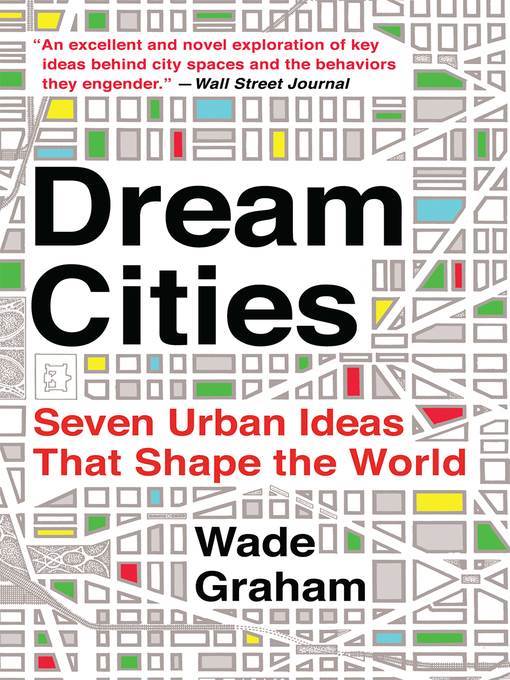
Dream Cities
Seven Urban Ideas That Shape the World
کتاب های مرتبط
- اطلاعات
- نقد و بررسی
- دیدگاه کاربران
نقد و بررسی

November 2, 2015
This survey of prominent architectural trends through the 19th and 20th centuries serves as a concise historical primer of mainly American urban development, though it fails to live up to some of the promises Graham makes early on (American Eden); he is a versatile writer whose enthusiasm can’t quite tie the book together. When Graham writes that “architectures are expressions of the desires of their designers and builders: these forms intend to shape people and thus shape the world,” he sets up a goal that may be too lofty to meet through the history of different styles and their leading architectural proponents. Graham’s precise encapsulations of architects’ biographies and philosophies hit the relevant highlights with a lively, accessible style; he deftly captures Bertram Goodhue, a prominent borrower of neoclassical styles whose ideas informed the Art Deco movement, and the rural utopianism of Frank Lloyd Wright’s vision. The author is less convincing when he argues for the lasting impact of the New Urbanism approach or the Japanese-influenced Metabolism movement, among other innovations, in brief sections that fail to go beyond mentions of the most representative buildings. An exception is his examination of the influence of the shopping mall and how Victor Gruen’s take on shopping centers was first adapted cheaply, then transformed by James Rouse to create highly successful “festival marketplaces” such as San Francisco’s Ghirardelli Square and Boston’s Faneuil Hall. His assertion that a place has “the ability to trigger aesthetic emotion” and “can reinvigorate cities” reaches beyond biography and addresses the wider effects of architectural change. 59 b&w photos.

October 15, 2015
Garden designer and historian Graham (American Eden: From Monticello to Central Park to our Backyards: What Our Gardens Tell Us About Who We Are, 2011, etc.) explores how modern cities were built on foundations made of the fantasies and utopian dreams of individual architects. The author examines a variety of conceptions of architecture. He shows how building design and city planning have combined to destroy our sense of community, which is the life of any city. In this field guide to architectural styles, Graham provides examples of each style mentioned, represented by particular buildings, neighborhoods, and properties. Photographs and illustrations accompany each section. His heroine is Jane Jacobs, who organized the resistance to Robert Moses' destructive plans in New York in the 20th century. She helped save the community-based neighborhoods of lower Manhattan, including Washington Square, from his proposed Lower Manhattan Expressway. Moses' bulldozers had forced the large-scale relocation of people on behalf of building and city designs promoted by the architects Graham discusses. Among them is the Swiss utopian Le Corbusier, whose skyscraper slabs and open spaces were intended to impose a sense of "order" as seen in New York City's Stuyvesant Town, which opened in 1947. Frank Lloyd Wright's individualized agrarian homestead communities provided a dream of advancement embodied in the uniformity of American suburbs. He sought to "do away entirely with the notion of an urban or even town center, scattering the center's traditional functions around the landscape." These and other styles put structure ahead of community, and Graham outlines their common underpinnings, which are often fantastic dreams about recovering lost golden ages or overcoming present chaos with some abstract future order. The author's spirited defense of Jacobs' successful struggle against Moses points to an alternative in which people and community again became primary. Graham delivers an intriguing architectural history and an effective antidote to the excesses of urban renewal and city planning.
COPYRIGHT(2015) Kirkus Reviews, ALL RIGHTS RESERVED.




















![Design Like You Give a Damn [2]](https://dl.bookem.ir/thumbnails/150/ISBN13/9781613122860.jpg)




دیدگاه کاربران